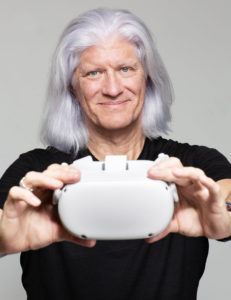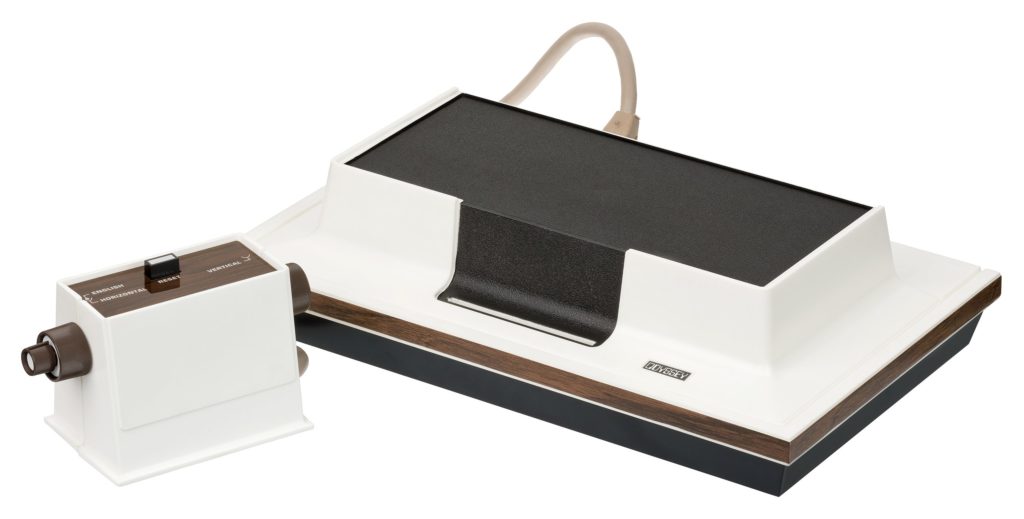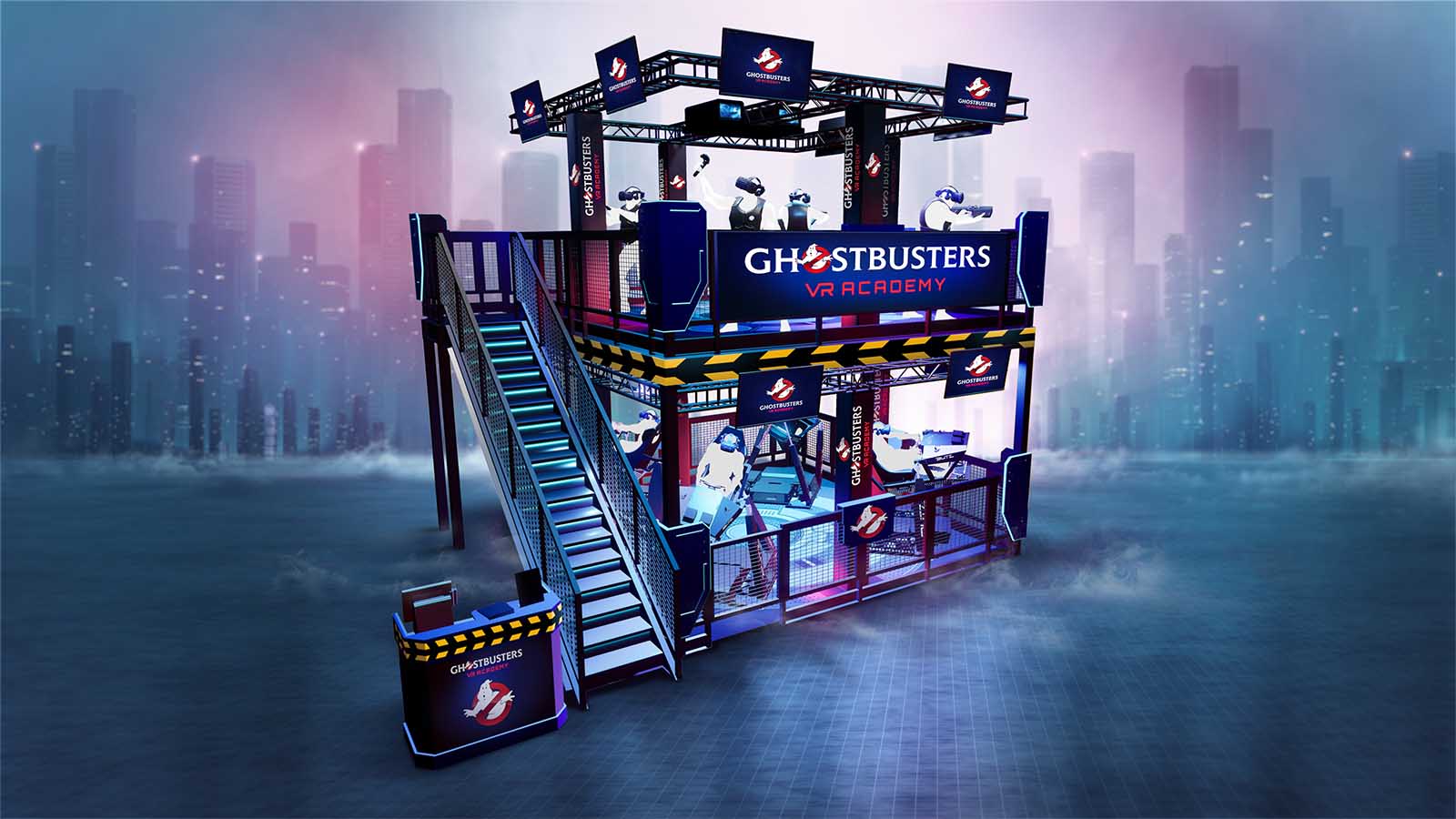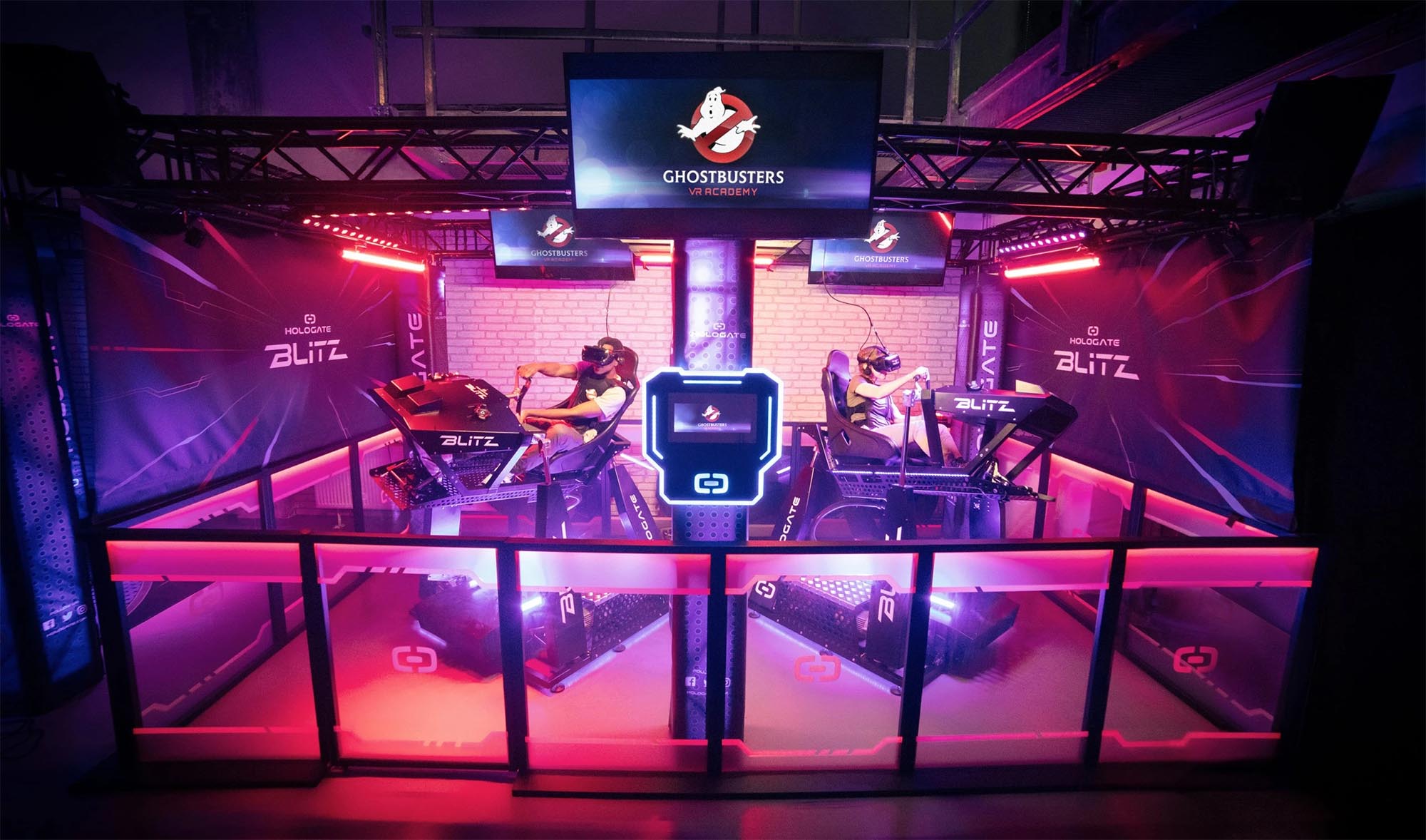VR Requires a Different ROI Model
The Tech Offers a Value Proposition Distinct From Other Games

Bob Cooney
by Bob Cooney
People love virtual reality. According to a recent Harris Poll, 23% of Americans have tried VR, and two-thirds say they will “definitely do it again.” With less than 10% of U.S. households owning VR headsets, arcade games are the only way for most people to experience VR. That last point is worth a few more words (1335 to be exact).
A New Business Model for Arcades
Bacl in the day, the arcade business exploded due to the popularity of video games. Then gaming consoles, which had been around since 1972’s Magnavox Odyssey, took over. The Sony PlayStation, Microsoft XBOX and Nintendo consoles made gaming more accessible at home. As the quality of those experiences increased, arcade video games didn’t sufficiently differentiate, so our industry moved on to redemption. Operators saw that as a defensible product strategy that could not easily be replicated in the consumer market.
As the shift from arcade to consumer was happening, there was an opportunity to build a windowing strategy similar to the Hollywood movie model. At the time, I was with a virtual reality startup called Global VR. We had pioneered taking consumer games and porting them into VR arcade games. One of our partners was Electronic Arts. Since VR was a niche product, Global VR licensed Tiger Woods PGA Tour Golf and Madden Football to create standard upright arcade versions of those popular PC gaming titles.

The original Magnavox home gaming console debuted in 1972. The out-of-home amusement game industry has pretty much been fighting to differentiate itself ever since looking to offer unique experiences people can’t get in their living rooms.
Electronic Arts was interested in the arcade market. The vision I shared with EA was use arcades to promote their latest games to new audiences. Our developers, who understood arcade game mechanics, would work with them to create more casual versions of their increasingly complex games.
Ultimately, we were working towards getting the most recent version of the game months before the retail versions hit the shelves. We envisioned lines of football fans queued up at arcades and bars, waiting to play the releases before anyone else. EA envisioned stacks of quarters streaming to their coffers via revenue share. I christened this initiative Xrcade (though, sadly, I did not trademark it).
Get Your Hand Out of my Pocket!
I presented this thesis but alas the coin-op industry was not ready for revenue share. Operators expressed disdain to “the hand in my pocket.” Their fear outweighed the existential risk of letting a multi-billion dollar business opportunity evaporate like a summer Las Vegas rain shower. I was labeled a heretic in an article by Vending Times (which I took as a compliment.) The window on that opportunity slammed shut as the consumer market eviscerated the video arcade business.
Since then, redemption has been the savior of many locations and the industry. Parents may dislike the compulsion, but the allure of an hour of bliss while junior sets his sights on winning a prize is compelling. Sure, quick and intuitive play with a reward is fun but as consumer attitudes increasingly shift towards experiences and minimalism, people want, expect and deserve more.
There is no doubt that VR offers more immersive and memorable experiences. I’ve seen thousands of people experience VR for the first time. It never gets old. Which is why two-thirds of people who have tried it say they “definitely want to do it again.” Yet in most of our arcades we are just giving them a taste of VR. There is little to no opportunity to “do it again” because there’s only one game or ride.

Many arcades only give players a taste of what VR offers, leaving them wanting more, just as you’d want more than one tasty, warm cookie.
(Photo by Amirali Mirhashemian on Unsplash.)
Imagine you’re walking in the mall, and someone hands you a sample of a Mrs. Fields cookie. It’s all warm and gooey fresh out of the oven. As soon as you taste it endorphins kick in demanding more of that delicious sugar and fat combination humans find so irresistible. (I might be projecting.) When you detour to the counter, they say, “Sorry, we don’t have any more cookies. But if you want to spin this wheel you could win an ankle bracelet.”
When they experience VR, and they’ve been blown away from the experience, what else are you offering them that keeps them on that high? If you’re giving people something they love and want to do again, give them more than a sample.
“But VR Arcade Games Don’t Make Enough Money”
I am hearing this from operators a lot lately. Once the novelty of their first VR piece wore off, they were left with increased operating costs, reliability issues, and high-priced equipment that took a year or more to “pay off.”
The problem is they’re comparing the ROI of a virtual reality game or attraction to more traditional arcade and redemption games. And this presents a false economy.
VR has a different value proposition than other games. It offers unique, and sometimes transcendent experiences that people get nowhere else. What kid hasn’t wanted to fight Darth Vader in a lightsaber battle. Or capture ghosts with their Proton pack? Or parasail over a rocky landscape? All these are available with VR for your arcade.
Operators need to consider different factors when weighing an investment in virtual reality.
1. Will the experience thrill my customers, leading them to tell their friends, or maybe even return with them more frequently?
2. Will the game or attraction bring in new revenue to my arcade, or just shift money from other games? How can I employ a pricing strategy to encourage the former?
3. How will it impact my brand? Will it elevate my business in the minds of my customers above that of the competition?
Despite the exploding cash box of that last redemption game you purchased, it’s worth analyzing if you really made money. Or did it just shift revenue from older machines to the new shiny one? Are you getting your money back in five weeks on that new pusher? When we do the math, we can feel like we’re a financial genius, but who are we fooling?

Hologate’s Ghostbusters VR Academy is coming to arenas and the company’s Blitz motion driving platform.

Another Bite at the Apple
There’s another reason to get behind VR. We have another chance to build a new content distribution model for arcade games based on VR technology. With VR headsets still new, there’s a real opportunity to position arcades as the place where people experience the best and newest VR games.
Studios are interested. Sony and Hologate are collaborating on a new Ghostbusters VR Academy arena game, as well as an update to their Blitz motion driving platform, where players can drive a “prototype” flying ECTO vehicle. Will Sony put that vehicle debut in the upcoming Ghostbusters: Afterlife sequel slated for late 2023? If they do, it will validate this opportunity for our industry.
Developer NDreams, who worked with Zero Latency on Ubisoft on the Far Cry: Dive Into Insanity free-roam VR game, are also working on the new Ghostbusters VR consumer game for Quest 2 and the upcoming PlayStation VR 2.
This goes to show that there’s a ton of interest from studios to create amazing, immersive experiences for fans of their biggest IP. And there’s an opportunity to align these forces to build an efficient content pipeline that leverages the work building AAA consumer VR games into the arcade business. But this will take some vision, faith, and scale. Operators need to be willing to invest in the future of our industry.
If you approach VR arcade game investment strategically, you can attract new customers to your arcade. You can also increase per-cap spending from a percentage of your existing customers through creative pricing and bundling strategies. And you can move our industry into a place where we play a critical role in the global video game market.
Or we can just keep doing what we’ve done before. We can take the myopic view and focus on moving credits from one machine to another, while the VR market just uses us as a stepping-stone to a more lucrative consumer market over time. But we’ve all seen that movie, right?
To hear from and network with operators successfully deploying these strategies, come to the VR Arcade Game Summit at Amusement Expo in Las Vegas, March 27-30, 2023.
And if you are attending IAAPA, looking at VR arcade games, download my 2023 VR Buyers’ Guide (find it here: www.bobcooney.com/vr-arcade-game-buyers-guide-to-iaapa).
Bob Cooney is a global speaker, moderator, and futurist covering extended realities and the metaverse. Widely considered the leading expert on VR arcades, his mission is to prepare the industry for the change coming as these and other emerging technologies begin impacting every aspect of our business and lives. He curates the VR Arcade Game Summit at Amusement Expo and the VR Collective distribution alliance as manifestations of that mission. Follow him at www.bobcooney.com.



